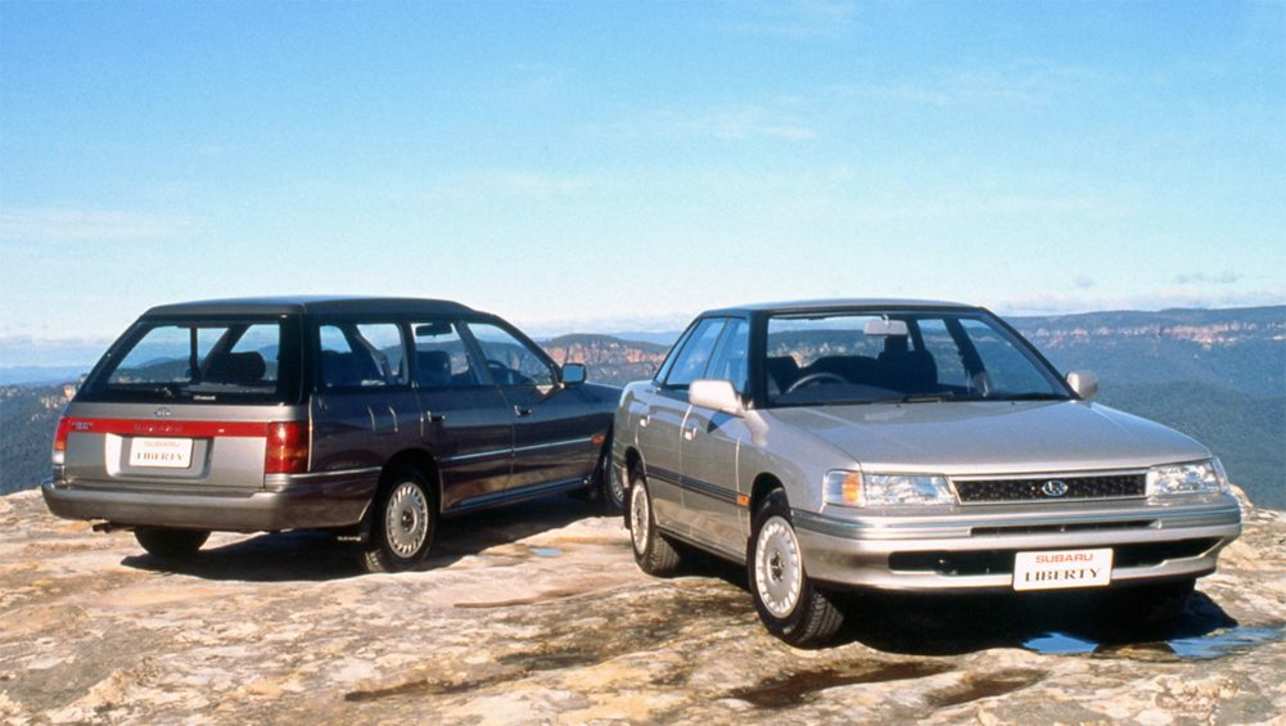Subaru is clearly not phased by the current slowing of EV demand in the US and Europe as it reaffirms plans announced last year to go 50 per cent electric by 2030.
This was a notable change from its previous goal for its sales to be 40 per cent electrified (both hybrid and fully electric) by 2030, with the brand maintaining its commitment for eight new electric models by 2028, as it re-tools its facilities for a mass BEV ramp-up.
Speaking to CarsGuide at the launch of its first fully electric model, the Solterra mid-sizer, Subaru Australia’s Managing Director, Blair Read clarified why the brand was making this move.
“We were 40 per cent BEV plus hybrid, now it’s just 50 per cent EV. That change is in response to global trends and demand and when you look at the commitment and investment in eight new EV models by 2028 you need the capacity - the factory then has to make decisions around what production lines do we have and what can we be producing on those production lines.”
Not included is a plan by the brand to phase-out combustion engines, as it becomes more difficult to comply with emissions regulations in much of the world, but the remaining 50 per cent of models will be comprised of both hybrid electrics and ICE vehicles.
“This doesn’t mean there’s not also a focus on new developments for ice or hybrid, but obviously there needs to be the capability to ramp up capacity for those new EV models,” Read said.
Subaru’s primary range of vehicles (with the exception of Solterra which is built in a Toyota facility in Aichi Prefecture) are only produced in two locations globally - its historic original factory location in Ota, Gunma, Japan, and its American manufacturing base for primarily left-hand-drive vehicles in Lafayette, Indiana.
 copy.jpg)
A slide the brand published in August last year alongside this updated EV plan shows “in-house” EV production starting from 2025, with an additional BEV production line added in Japan with a capacity of 200,000 units a year in 2027. Additionally, BEV production will start at the Lafayette plant to meet North American demand the same year.
When asked if Subaru was looking to expand capacity or even costs by looking at production in other locations (like China for example, where many manufacturers are looking to move), Read said there was no chance for the foreseeable future.
“No, we’re committed to production from Japan, the one exception is if we can get right-hand-drive production from America - but we’ll be getting whatever is available for us out of the Japanese factory.” he said.
It may be a somewhat limiting move for the brand, but it is also getting some capacity expansion from its increasingly deep ties with Toyota. This alliance will see the next-generation Forester, due 2025 in Australia, receive Toyota’s hybrid synergy drive system to improve fuel efficiency over Subaru’s own e-Boxer hybrid tech.
 copy.jpg)
All of which should help Subaru’s fortunes in dealing with Australia’s NVES (New Vehicle Efficiency Standard) strategy which is currently in the proposal phase and is expected to come into force by the January 1, 2025. Subaru Australia said it would not comment further on the NVES at this time.
What could the brand’s eight new EV models look like? If you include the Solterra, it essentially means an electrification of much of its current range, which, globally, is just over eight models as-is.
What remains to be seen is whether we will see fully electric versions or replacements of the Impreza hatch, Crosstrek crossover, Forester and Outback mid-sizers, WRX sedan and wagon, and BRZ sports car.
.jpg)
Outside of the Solterra, we’ve also only seen one extra EV car concept, the Sport Mobility Concept - which appeared as a lifted two-door sports car at the Japan Mobility Show last year.
Recently, Japanese media reported the brand was working on an electric vehicle a size-up from Solterra, perhaps to replace its Forester or even the US-market Ascent seven-seater.
With three more new EV models set to debut from the brand by 2026 according to the brand’s 2023 updated plan, we expect to learn more information imminently.








.jpg)
.jpg)
.jpg)
.jpg)
.jpg)
.jpg)
.jpg)

.jpg)
.jpg)
.jpg)



.jpg)

_0.jpg)



.jpg)
Comments